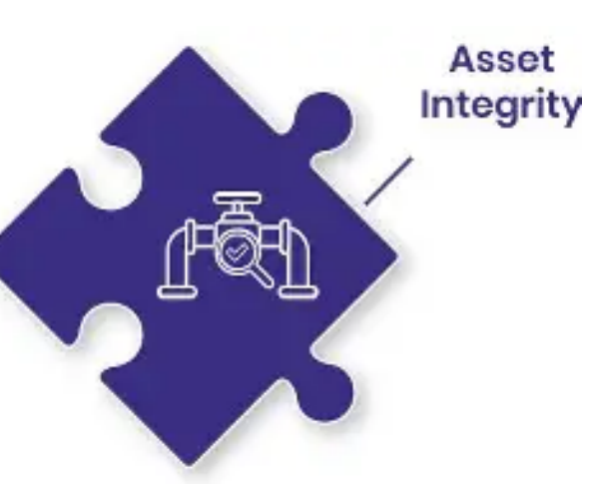For wealthy individuals, insurance plays a vital role in maintaining their wealth—but having too much coverage doesn’t necessarily offer more safety. Overinsurance, which is sometimes called "complete security," can waste money, make financial planning harder, and create problems that hinder your overall objectives. Identifying when coverage is excessive needs a thoughtful approach, concentrating on how well it matches your real risks, financial situation, and stage of life.

Coverage Overlap: Redundancy in Your Portfolio
Affluent people frequently acquire various insurance policies over the years, resulting in unintended overlaps. For instance, a premium umbrella liability policy might provide the same protection as specialized policies for luxury homes, yachts, or art collections, leading to duplicated limits that don’t enhance safety but raise total premium costs. Additionally, holding multiple critical illness policies from different insurers could mean coverage for the same health issues, with repeated waiting periods and benefit designs that waste money on premiums. In cases where irrevocable life insurance trusts (ILITs) are involved, overlapping death benefits from policies can elevate estate values beyond tax limits, undermining the intended tax benefits of the trusts. A major warning sign appears when the total protection you have from similar policies exceeds the largest financial loss you could realistically suffer from those risks.
Cost vs. Value: Premiums Outpacing Purpose
Overinsurance occurs when the cost of premiums no longer matches the level of protection you actually get. Wealthy individuals might continue to pay for add-ons that have lost their relevance, such as a childcare allowance after their kids have become independent, or a policy for business disruptions related to a company that was sold many years ago. High-end plans with unusual add-ons, like insurance for potential jet failures that are seldom used, often have costs that far exceed the actual risk involved. A key indicator to watch: if your yearly insurance payments are more than 3% of the assets you can invest, and you don’t have a solid reason for it—like facing high liability risks or needing protection for rare assets—then your insurance might be misallocated, causing you to miss out on better investment opportunities or charitable endeavors.

Life Stage Misalignment: Stuck in Past Needs
Wealth changes over time, yet insurance frequently remains tied to old situations. A tech entrepreneur may continue to pay significant key-person insurance costs long after their company has found stability with a varied leadership team. Families with adult children might keep expensive education funding options that are no longer useful. Policies aimed at estates can also be overkill: life insurance payouts that were once designed for estate taxes might now greatly surpass current liability estimates, transforming valuable resources into unnecessary costs. A red flag appears when policies aren’t updated within three years following major life changes such as marriage, children leaving home, selling assets, or retiring.

Rigidity Over Flexibility
Portfolios that are overinsured often lack flexibility because they have rigid policies that are hard to change. Wealthy individuals might own non-cancellable policies that come with high surrender fees, making it difficult to move investments into more efficient options. Annuities that provide similar income streams can lead to tax problems, and long-term care policies that are locked in can prevent access to modern care solutions. For those who prioritize liquidity and investment options, too much illiquid insurance can restrict wealth growth, limiting funds available for investments such as private equity or real estate.Understanding overinsurance doesn't mean cutting back on protection; rather, it’s about fine-tuning it to better reflect your current situation. Regular check-ups with a trusted advisor, combining insurance evaluations with overall financial planning, will help ensure that your coverage is an asset that works for you and not just a burden from old priorities.





